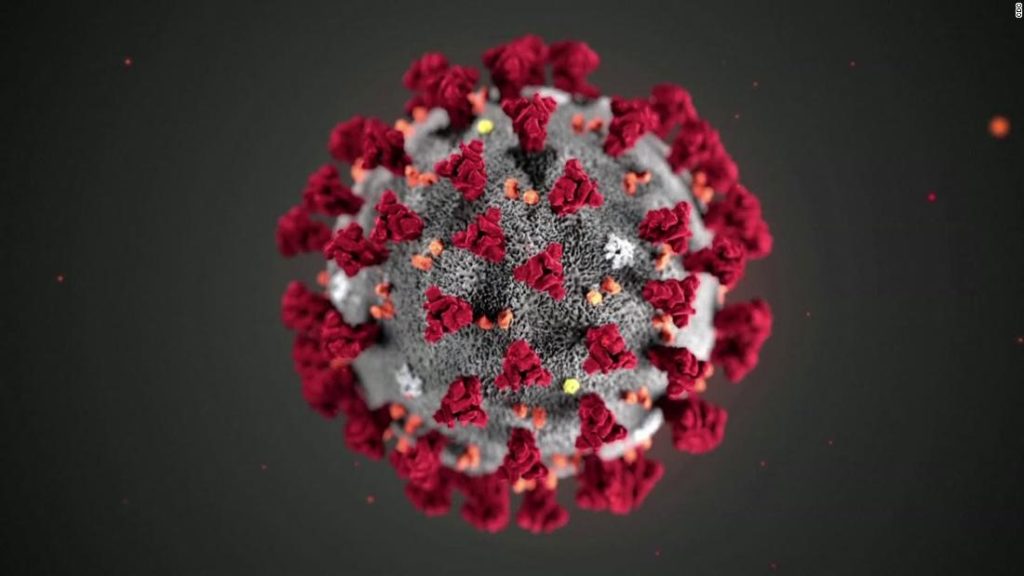
WHAT DO WE KNOW ABOUT CORONAVIRUS AND COVID-19?
INFORMATION FOR VOLUNTEERS
WHAT DO WE KNOW ABOUT CORONAVIRUS AND COVID-19?
COVID-19 is one of 7 coronaviruses out of many in that viral family that infect humans, 4 of which routinely cause transient seasonal flu-like symptoms. This is the newest of the 3 strains that cause serious disease along with SARS and MERS. This new virus is genetically 96% identical to a known coronavirus in bats and 86-92% identical to a coronavirus in the pangolin. Therefore, this virus most likely arose in animals before mutating to infect humans. The disease affects both men and women but seems to cause more deaths among men, older patients, and people with other pre-existing disorders like hypertension and diabetes, though it appears to affect children and adolescents less than adults. People with blood type A may have more serious disease but that remains to be confirmed. Children may be able to spread disease without symptoms.
COVID-19 is spread primarily by respiratory droplets and has an incubation period of 2-14 days with a median time of about 5 days. The critical zone for infection appears to be within 6 feet. It is unknown when a person becomes infective but the vast majority test positive when symptoms of fever (88%), dry cough (68%), exhaustion (38%), shortness of breath (18%), sore throat (14%) appear. Less common are nausea/vomiting (5%), nasal congestion (5%), and diarrhea (4%). About 80% of people acquiring COVID-19 have mild symptoms, 15% need to be hospitalized with respiratory support, and 5% need ICU admission.
The major source of spread is from respiratory droplets. The virus may live outside of the host for several hours to days depending on the surface. It survives in aerosols at least 3 hrs. On various surfaces, there is no viable virus on copper after 4 hrs. and on cardboard after 24 hrs. Though the viral titer is greatly reduced it is still detectable after 48 hrs. on stainless steel and after 72 hrs. on plastic.
The coronavirus has a protein envelope susceptible to sanitizers containing at least 60% alcohol and hand washing is effective at removing viruses. Therefore, cleansing of surfaces and frequent hand washing are hallmarks of personal hygiene to prevent spread and very important given the relatively long times the virus remains on various surfaces.
Current tests may be inconclusive and there is a large backlog of samples to be tested. Several new tests are in development with release on a greater scale possible soon. Consequently, we do not know the full extent of the disease incidence nor an accurate case fatality (death) rate because the denominator in the equation is really unknown and likely much larger for both. Experts estimate that the true case fatality rate may be around 1% or less. This is good but it still makes COVID-19 about 10 times more lethal than seasonal flu.
WHAT DO WE NOT KNOW ABOUT COVID-19?
- How long someone is infective before symptoms occur. Unknown but probably 1-2 days. A significant component of spread is from asymptomatic infected patients.
- How long someone remains infective after having the virus and a negative test. Preliminary data suggests virus is still present 8 days after symptoms stop. The CDC says someone is clear after 2 successive negative tests separated by 24 hours but that advice is evolving.
- If virus is passed in body fluids. Unknown but other viruses are present in body fluids.
- If virus is passed in feces. Coronavirus has been found in rectal swabs and fecal samples.
- If the COVID-19 virus will mutate to become more lethal. There are now 2 and evidence of 8 strains of virus, with one of the more recent ones more lethal but with lower incidence in new cases.
- If there is immunity from a previous infection. Probably but a mutation can negate immunity.
- If we will get a vaccine. It takes 12-18 months to develop new vaccines.
- If the virus will become dormant or less active during warmer weather. Possible but unlikely given no decreased incidence in warm climates.
WHAT SHOULD I DO?
It is a personal decision to engage in volunteer activities.
- Frequent hand washing with soap and water or alcohol-based hand sanitizer
- Stay home if you have symptoms of cold or flu – sneezing, coughing, fever
- Seek medical attention if you have these symptoms, call your physician first to determine what to do and where to go
- Do not travel or volunteer if ill
- Do not travel to known areas of active infection
- Masks work best to prevent someone with symptoms from spreading the virus. Only N-95 and above (N-97, N-99, N-100) respirators are effective to prevent virus from infecting a person but they are scarce and can become a contaminant
- Avoid touching face, eyes, common surfaces, shaking hands
- Cover coughs, sneezes
- Try to keep a distance of 6 feet from others if in a public settin
More information is available at the U.S. Centers for Disease Control and the World Health Organization.
https://www.cdc.gov/coronavirus/2019-ncov/index.html
https://www.who.int/emergencies/diseases/novel-coronavirus-2019/events-as-they-happen
This is the April 5, 2020 guidance document. This document will be updated as necessary.
We thank Dr. Michael J. Manyak, MD, FACS, Global Urology Medical Director for GlaxoSmithKline, Chief Medical Advisor for Crisis Response for the Washington Board of Trade, and Distinguished Eagle Scout. Dr. Manyak is a consultant to many different corporations, governments, on many topics, including COVID-19.

